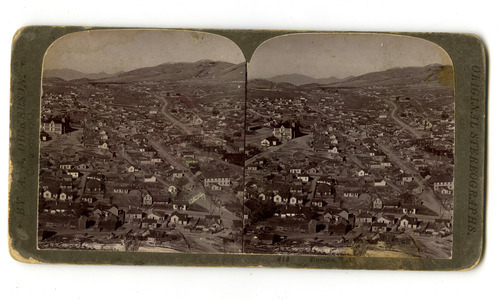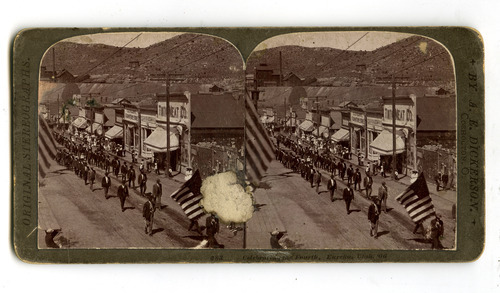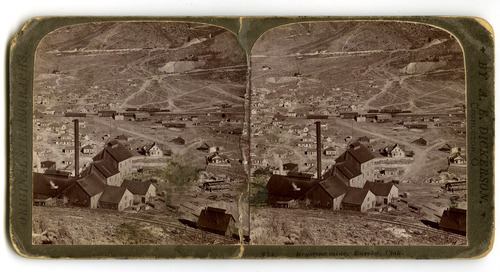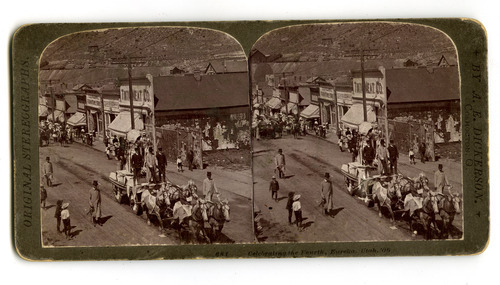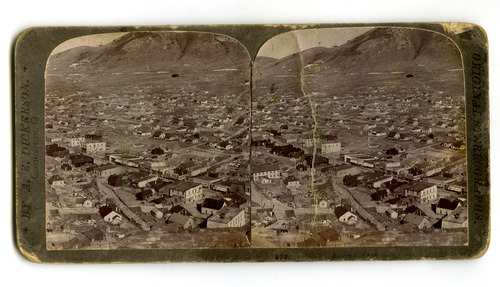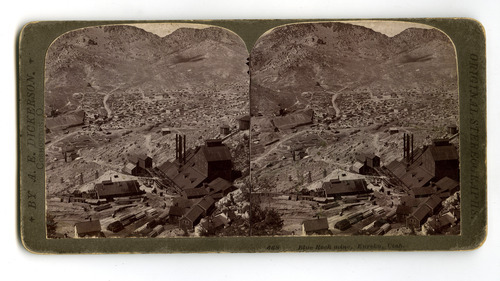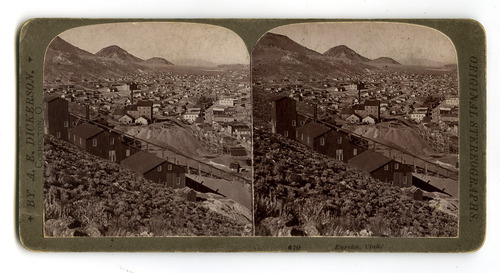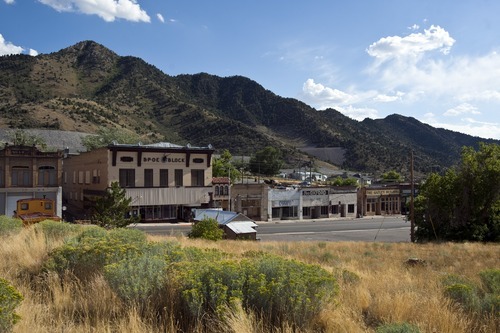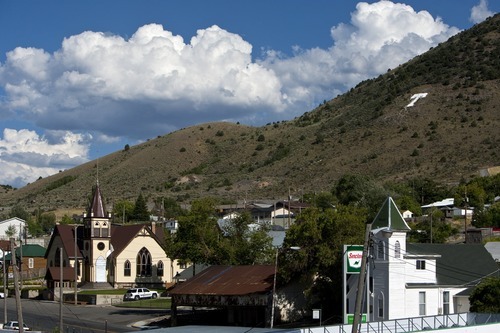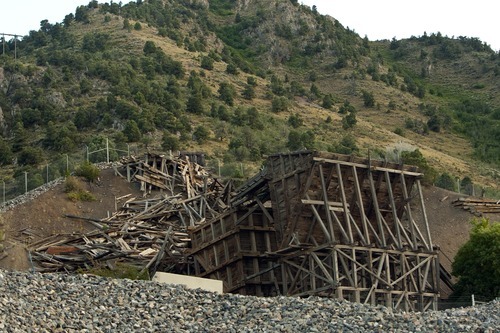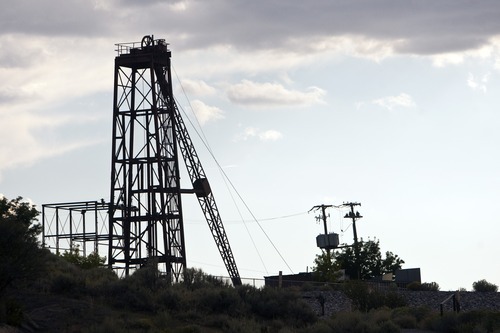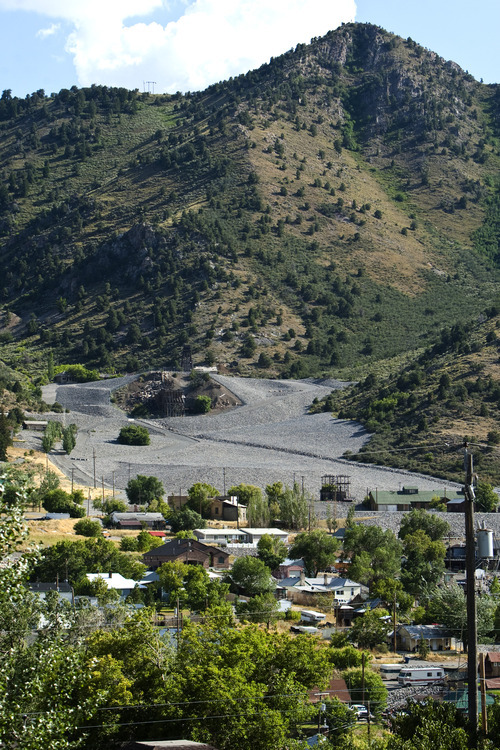This is an archived article that was published on sltrib.com in 2011, and information in the article may be outdated. It is provided only for personal research purposes and may not be reprinted.
Eureka • Rio Tinto is drilling new life — and hopes for a return to the days of ore — into western Utah's Tintic Mining District.
The mining giant, which owns Kennecott Utah Copper Corp., is boring holes just outside Eureka, looking for copper, gold and molybdenum.
"The only way to do any exploring is to drill," Erik Best , Rio Tinto's North American land manager, said Tuesday in updating the Utah County Commission on the company's Big Hill Project in the county's southwest corner.
Eureka residents welcome the mineral exploration less than three miles from the former Juab County mining town, especially the prospect of an employment boom if crews find sufficient mineral riches.
"I'm excited to get the jobs," Taylor Draper said. "A lot of people lost their jobs when the EPA closed [its Superfund operation in Eureka]."
Draper noted more people will be unemployed when the Interstate 15 project in Utah County wraps up.
Ean Erskine, another of Eureka's 669 residents, said the chance at more employment so close to town would be important because so few jobs exist within driving distance.
Best noted the drilling site had been mined previously, but Rio Tinto believes early miners may have missed some deposits. He said the company does not own the land but is working with property owners.
The Tintic Mining District produced millions in mineral wealth between 1868 and 1917, unearthing gold, silver, copper, lead and molybdenum.
In 2001, Eureka was placed on the federal Superfund list after lead from mine tailings were found there. The U.S. Environmental Protection Agency cleaned up the contaminated soil, entombing it just outside town.
Utah County Commission Chairman Gary Anderson said Rio Tinto's plans will be good for the economy, especially regarding jobs, and the environment.
"We have looked at the concerns of … environmental quality," Anderson said, "and [Rio Tinto] is one of the best in that regard."
Best said the exploratory drilling is being done in small tracts, 100 feet by 100 feet. When that work is done, the area will be restored. He said the company is also helping seal up old mines in the area. Any mining in Tintic would be underground as opposed to Kennecott's famed open-pit operation at Bingham Canyon in western Salt Lake County.
James Westwater, chairman of the Utah Valley Earth Forum, was unfamiliar with Rio Tinto's Tintic operations, but plans to discuss it at his group's next board meeting.
"If they do exploration, and they find [the deposits are] not sufficient for the expansion of mining in the area, it is not a cause for concern," Westwater said. "If they find something, it would be a concern for all parties that are interested in environmental quality."
Twitter: @donaldwmeyers
facebook.com/donaldwmeyers


